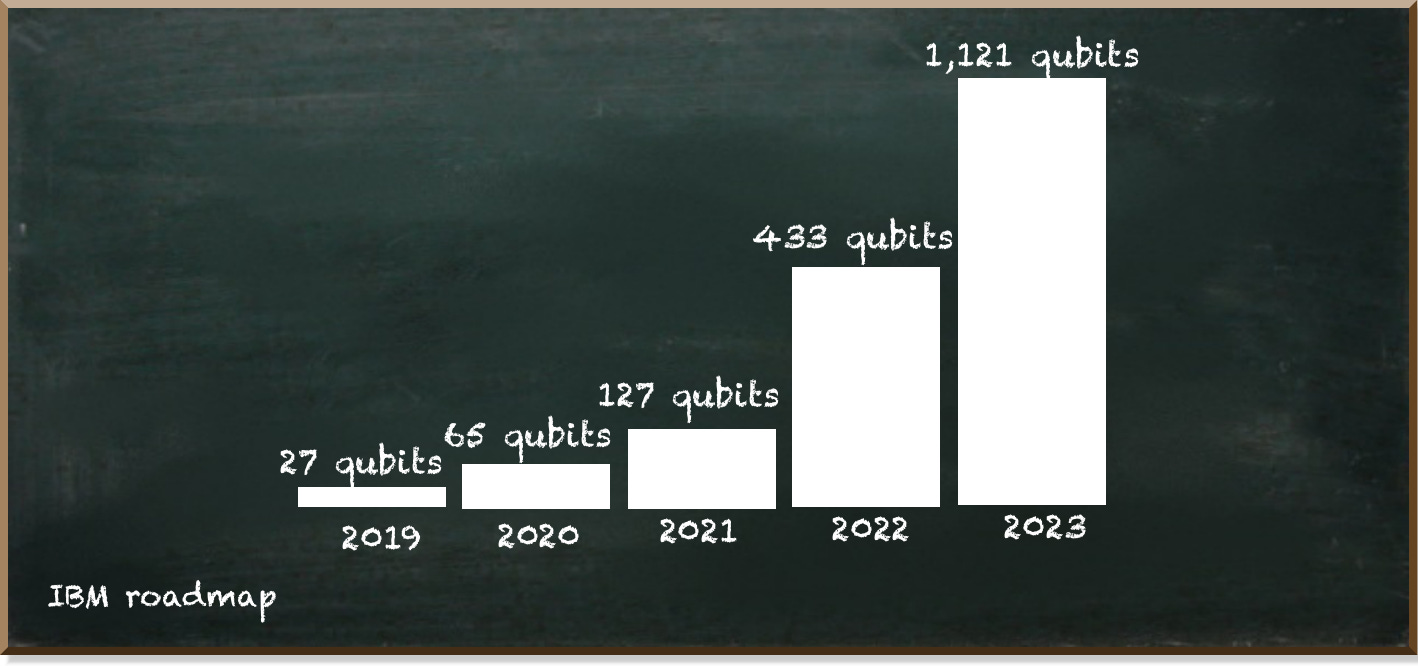The Quantum Approximate Optimization Algorithm
Today, I published chapter ten of my book Hands-On Quantum Machine Learning With Python Volume 2: Combinatorial Optimization. The early access version has now more than 240 pages. And more to come!
Chapter ten is all about the Quantum Approximate Optimization Algorithm. It is one of the most promising quantum algorithms we have today. On the one hand, it effectively solves optimization problems. On the other hand, it works well with current NISQ devices.
Speaking of NISQ. You may have heard of the IBM Quantum Computing Summit 2022. There, IBM presented its 433-qubit IBM Quantum Osprey processor. This chip has three times the number of qubits of its predecessor, the 127-qubit Eagle. The sheer number of qubits is astonishing. What impresses me most, however, is the reliability with which IBM has kept to its roadmap so far. This roadmap depicts a 1,121-qubit processor in the next year.
So, while the hardware manufacturers continue to deliver, it is now up to us users to come up with practical use cases. This is, however, not as easy as it sounds. To tap the advantage of these devices, we must learn about the specificities of quantum algorithms.
Speaking of quantum algorithms builds the bridge back to the Quantum Approximate Optimization Algorithm and completes the symbiosis between hardware and software.
Becoming quantum ready is one of the biggest challenges most software engineers, data scientists, and technical subject matter experts face today.
The good news is that we can start today already. We don’t have to wait until we have quantum computers with a million qubits. A 433-qubit machine is more than enough to solve real-world problems. Even a much smaller device, say the 5-qubit Falcon device is enough to learn, develop and improve an algorithm.
Quantum computing and quantum machine learning are nothing we can learn in a day. If you wait until quantum readiness is a must to get started—you’ll be too late for the party. So, use the remaining time wisely and get started today.
You can still join the Early Access Program of Hands-On Quantum Machine Learning With Python Volume 2: Combinatorial Optimization. More than 200 pages are already waiting for you!
Furthermore, if you haven’t yet claimed your copy of Volume 1, you can save 10% by buying the eBook bundle. It contains the complete Volume 1 and the Early Access of Volume 2.



